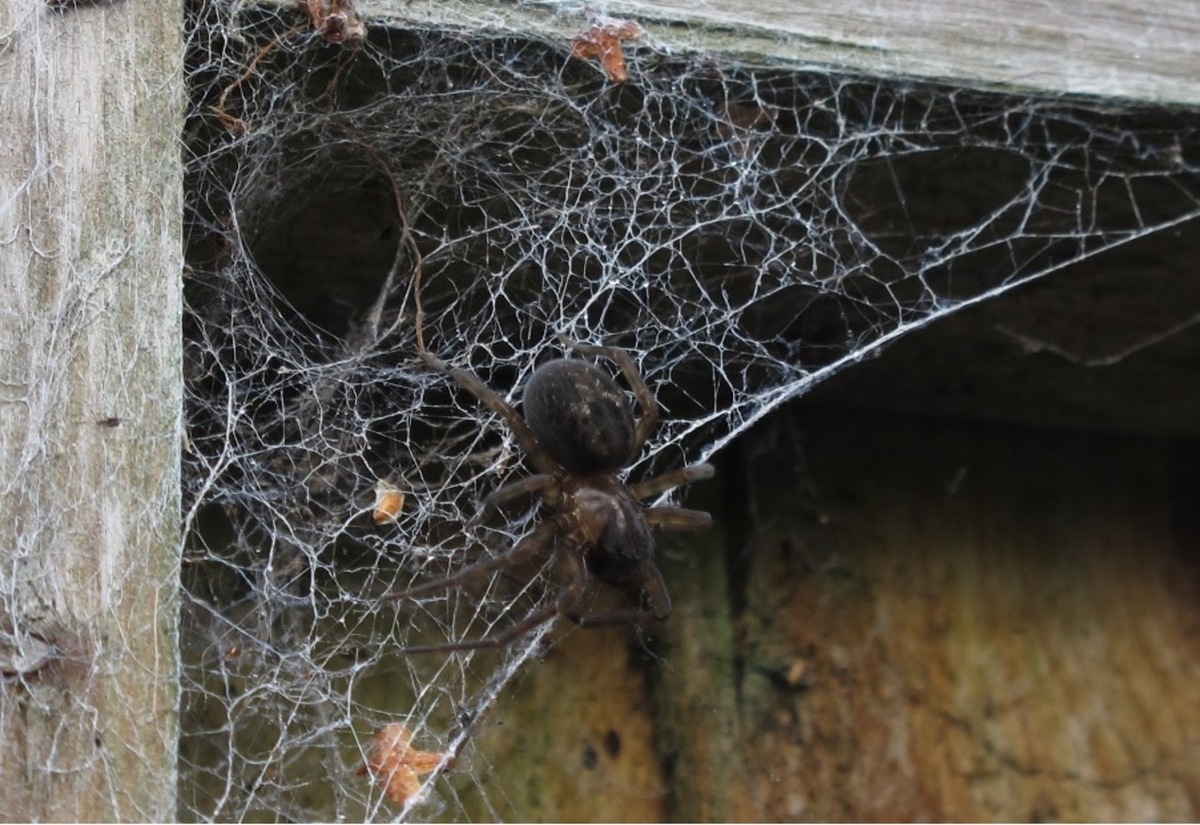La Niña offers another blow as snake and spider numbers climb
Laura Williams
04 January 2022, 2:18 AM
 While most spider bites aren't harmful, venomous spiders like the funnel-web can have fatal effects if not treated.
While most spider bites aren't harmful, venomous spiders like the funnel-web can have fatal effects if not treated. The impacts of the La Nina season beyond flood damage and delayed harvests are beginning to present, with experts predicting a rise in snake and spider populations across the summer following wet and humid weather conditions.
The conditions are supposedly ideal for a boom in spider and snake sightings, as temperatures continue to climb over the coming weeks.
St John Ambulance NSW CEO Sarah Lance said that it is crucial to act cautiously and focus on educating how to identify and treat a bite.
“Australia has some of the most venomous snakes and spiders in the world…time is critical when it comes to venomous bites, and they should be treated as a medical emergency” said Ms Lance.
In Australia, more than half of deaths by snake bites in Australia occur in the home. Across the Western Plains, sparse populations make both the perfect habitat for venomous creatures, while the isolation is a threat to victims making it to medical services.
St John Ambulance Training Manager Lara Bisley said that having basic knowledge is key to minimising this risk.
“‘Ultimately you want to stop the (snake) venom from travelling, which means as you’re waiting for the ambulance you should keep the patient still, lay them flat and wrap a bandage over the site of the bite. Follow this with a pressure bandage – starting from the fingers or toes and wrapping upwards as far as you can go.’
For a spider bite from a poisonous spider, call an ambulance and apply a pressure immobilisation bandage, with a further bandage to the entire limb. Patients should be kept still to prevent spreading of the venom.
In an ordinary year, snake season peaks in late December and early January, according to Poisons Information Centre Senior Poisons Specialist Genevieve Adamo.
This year, considering the prediction of a boom in numbers, the risk only heightens.
“While bites from these types of creatures are rare, it’s important to know what to do and act quickly, as it could just save your life or the life of a friend or loved one,” Ms Adamo said.
Despite the seasonal conditions having disastrous effects on some communities, it is also a major contributor to keeping mice populations at bay in NSW in the face of what was a huge cropping season.
According to data from the Local Land Services mice monitoring tool, while mice activity hasn’t died down altogether in the Western Plains, there is little to no report of any damage being observed.
The mice plague of 2021 is largely a contributing factor to the boom in snake populations this year, although the retreat of mice populations could mean that we aren’t expecting such significant snake numbers next summer.
"The most important thing to know in a situation like this is how to perform the correct first aid. This can make a significant difference to treatment and outcomes," Ms Adamo said.
In the event of a snake or spider bite, it is crucial to call 000.